Steps to get an email with form submission
- Head to the form-building page in Google Forms.
- Click on the Responses tab.
- Click the three-dot icon.
- Select “Get email notifications for new responses”.
- You’re now set up.
Google Forms got its start as an add-on to Google Sheets, Google’s popular online spreadsheet tool. With the two products, it’s super easy to automatically record form submissions in a spreadsheet.
But what if you want to get an email when a Google form is submitted? Fortunately, that automation is easy to set up too.
In this article, we’ll cover how to get an automatic email notification whenever someone fills out your Google form. We’ll also go over a few other actions you can perform when a respondent hits the submit button.

Looking for the best alternative to Google Forms?
Jotform’s full-featured form-building solution is mobile-friendly and has the most integrations in the industry. Use it to collect payments, automate workflows, gather leads, and more.
Get an email notification
To get started, head to the form-building page in Google Forms, where you’ll see three tabs at the top. The default tab is Questions. To set up email notifications, click on the Responses tab.
In the upper right corner of the responses section are two icons. Click the three-dot icon on the right.
Now select Get email notifications for new responses from the dropdown menu. And that’s it. You’re now set up to receive notifications to the email address associated with your Google account.
As you can see, it’s pretty easy. And if that’s really all you needed to know, then thanks for reading.
But if you’re wondering what else you can do with forms, then read on to learn how you can trigger other actions when someone fills out a form.
Pro Tip
Automatically send emails to your form users after they submit their responses for free with Jotform.
Send an email notification to your respondent
To notify a respondent that their Google form submission has been received, thank them for their time, or send any other kind of message, you can automatically send them an email. As mentioned in the previous section, you’ll find three tabs in the top bar of the form-building page in Google Forms. To notify respondents when their submission is received, click on the third tab: Settings.
In the settings tab, the second section down is Responses. Click the down arrow next to it to expand it. That will reveal a few options.
To send your respondents an email summary of their submission, activate the top two options in the Responses section.
First, make sure the Collect email addresses setting is on (you’ll need an email address to send the notification to). Then select an option under Send responders a copy of their response — either When requested, to give respondents the option to be notified, or Always.
Export to a spreadsheet
We touched on this capability in the beginning of this article. Recording form responses in an online spreadsheet is a big part of what made Google Forms as popular as it is. Here’s how it works.
Starting in the tab bar at the top again, navigate to the Responses tab.
In the upper right corner of the responses area, there are two buttons: a three-dot menu button and a green icon that looks like a spreadsheet. Click the green spreadsheet icon.
By default, the Create a new spreadsheet option is selected. Name the file whatever you want and click Create.
A new tab will pop up in your browser window showing you the new spreadsheet connected to your form. Each column represents a question in your form, and each row will show a response.
Now, any changes you make to your form will automatically update in your spreadsheet. Questions you add will be appended to the right of the existing columns. Changes to existing questions, like renaming, will update the column headings.
The changes won’t be instantaneous, though. If your spreadsheet seems out of sync, try switching back and forth between your form’s tabs or just refresh the page.
Do more with automations
Sending emails is all well and good, but what else can you make happen when your visitor hits that submit button?
For example, you may want to automatically book an appointment in a calendar. Or you might want to send off an email to a group of people. Maybe you’d like to send your form data to another platform, like Airtable.
If you want to boost your forms’ functionality, you can use a tool like Zapier. Zapier lets you connect just about any software tool on the internet to just about any other tool, including Google Forms and Google Sheets. Just choose the platforms you want to connect and specify the triggers and actions for your automation.
Even easier form submission automations
Zapier is an excellent tool for connecting software, but it can be a bit tricky to set up at first. It’s also a third-party app that requires a paid plan if you want to set up more than five automations. If you prefer Google Forms because it’s free, then Zapier may not be your best choice.
There’s another form tool that is free and gives you a lot of functionality right out of the box: Jotform. You can perform each of the three scenarios mentioned in the previous section with Jotform — with no extra software needed.
Jotform has a widget that lets you add an appointment booking system to a form. You can send an email notification to yourself or to multiple recipients when someone completes a form (though you’ll need to have a paid plan to send a notification to more than one recipient). And you can smoothly connect to many other tools, like Google Sheets, with Jotform’s 150-plus integrations.
In fact, you don’t even need an integration to add your form results to a spreadsheet. Jotform Tables can automatically record submissions in a spreadsheet-database that works more like Airtable than Google Sheets. You’ll be able to organize, sort, and manage your form submissions in one place. Try it for free today.
See also Jotform’s detailed guide about: Google Forms


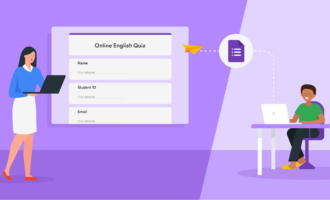






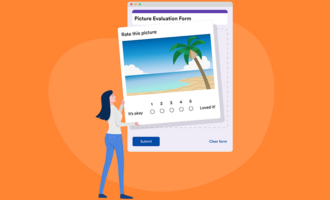




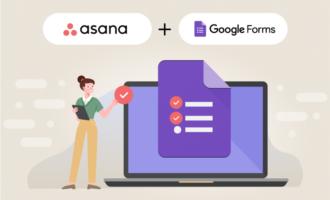
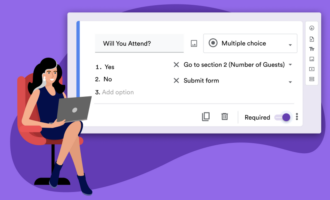





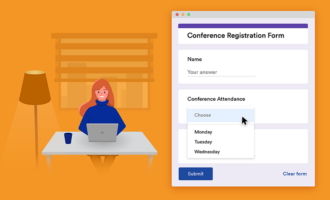


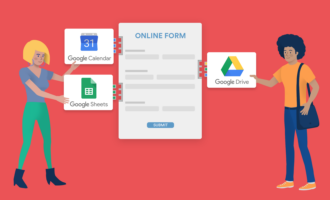
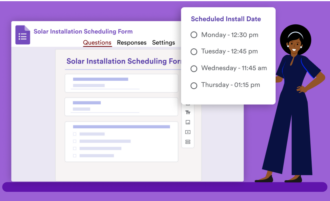
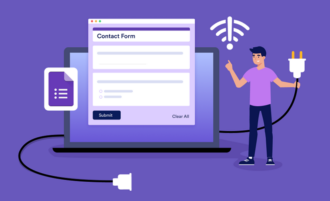
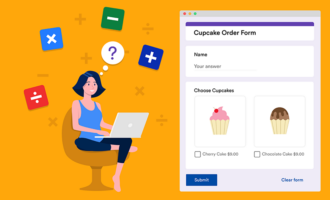
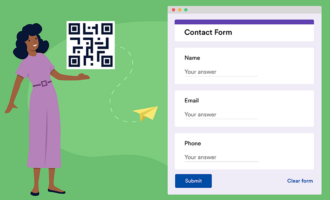








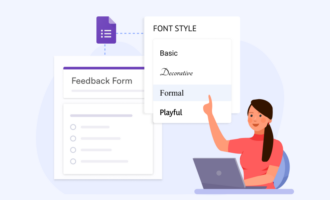

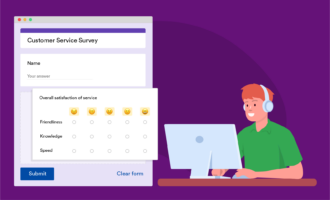
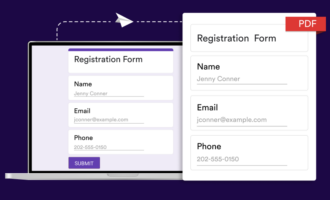





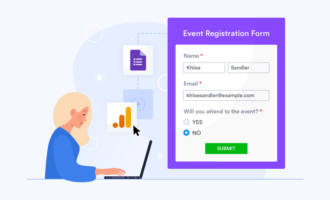





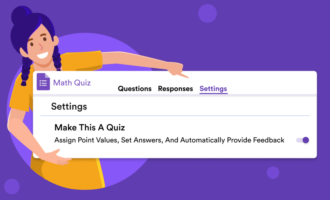













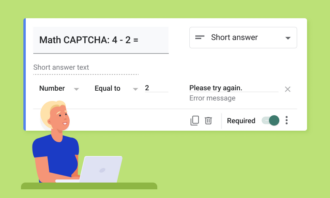












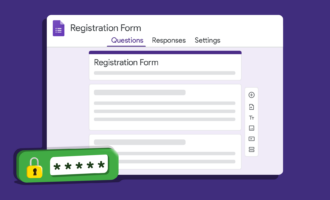


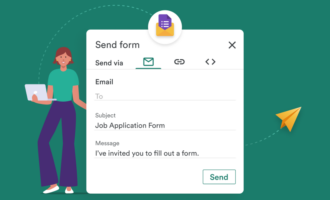






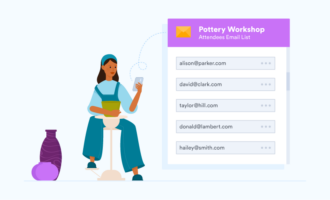



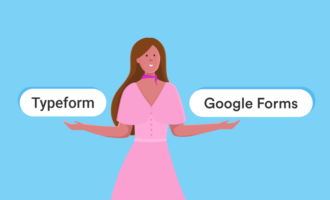
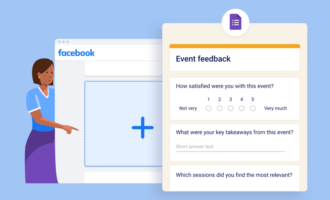






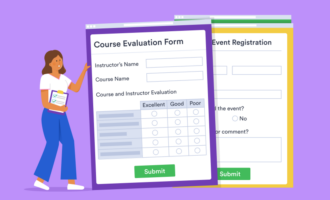
Send Comment: